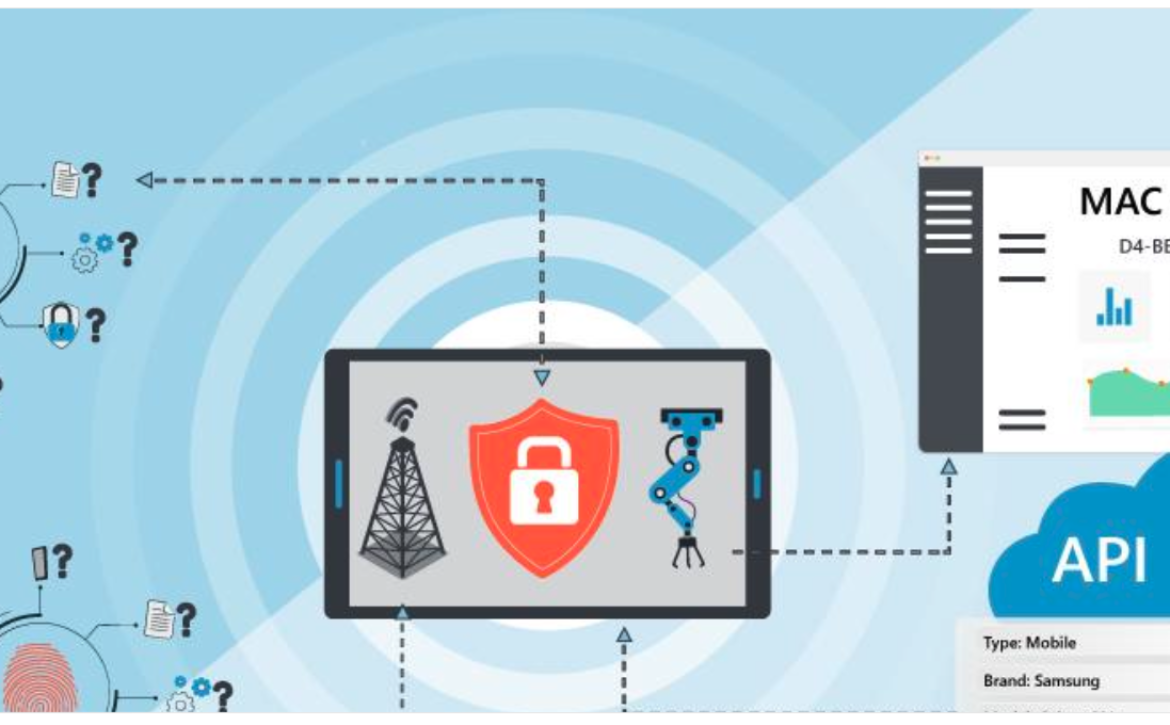3 Ways Device Identification Technology Can Improve Your Service and Business
3 Ways Device Identification Technology Can Improve Your Service and Business
Over the past decade, the volume of devices connected to the corporate network has exploded. According to IDC, by 2025, there will be 55.7 billion connected devices worldwide. As most businesses adjust to a hybrid workplace, IT organizations struggle to keep track of the growing IT estate, and the vulnerabilities resulting from employees accessing corporate resources remotely over potentially unsecured devices. To complicate things further, as business initiatives such as digital transformation and mobility continue to build momentum, there are exponentially more devices, software and configurations to track, manage and protect.
With many employees working remotely, the challenge of identifying and managing devices has become a major issue for organizations – and for consumers, as well. The average consumer has more than 10 connected devices in the home, many of which may be used for work.
To respond to this rapidly changing environment, forward-looking businesses are implementing Device Recognition Technology not only to keep track of their expanding IT estate, but to enhance their product and service offerings. If you’re an MSP, VAR, Professional Services agency or consulting organization, providing access to device data enables you to become a trusted advisor to your customers. OEMs can leverage device data to innovate, scale and get to market faster with products that meet customers needs. And integrating Device Recognition capabilities into your existing solutions enables you to leverage an always-accurate inventory and granular device data to enhance your product offerings.
Let’s examine three ways Device Recognition Technology can improve your business and services:
1. Strengthen Cybersecurity
Network visibility is the first essential step in cybersecurity. Without visibility, there’s no way to know what devices are connected to the network at any point in time. Thanks to digital transformation and BYOD initiatives combined with the trend toward the hybrid workplace, IT organizations are grappling with a rapidly expanding technology estate, fraught with vulnerabilities as employees access corporate resources remotely using personal and often unsecured devices.
What’s more, endpoint devices – such as those in the home or mobile devices such as smartphones and laptops – are frequently the target of malicious activity. Remember, a ransomware attack happens every 11 seconds – if you don’t know what devices are connecting to your network, there’s no way to protect them!
Cyber companies can strengthen endpoint security by integrating solutions that provide complete visibility, control, and proactive defense. With the ability to discover and monitor endpoint devices, they can reduce risks by as much as 30% – and if an attack or security incident occurs, they can quickly and efficiently isolate the affected devices to stop the lateral spread. Solutions that deliver policy-based automation help to prevent malware attacks and other malicious activity by automatically securing new devices as they connect to the network.
2. Optimize Customer Experience and Control
Embedding Device Recognition Technology into product offerings provides an instant competitive advantage to network equipment manufacturers, enabling them to offer customers – whether a business or consumer – far greater visibility and control over their networks. With Device Recognition Technology built-in, routers can recognize and identify any device on the network and gather granular information that helps to uncover vulnerabilities. This information can also be used to optimize costs and performance across the network.
Another way embedded Device Recognition Technology can provide a competitive advantage is by improving the customer experience because it enables you to deliver cutting-edge capabilities, such as load balancing, WiFi guest access controls, parental controls, AI-based security, and more. In the coming years, these features will separate the market leaders from the laggards, as consumer expectations evolve.
3. Improve Customer Service While Reducing Support Costs and Downtime
Device recognition is the foundation for providing customers with a user-friendly way to self-manage their WiFi set-up, troubleshoot WiFi issues and understand their internet usage. Providing these self-serve features eliminates frustration around poor connectivity or performance issues and downtime while reducing the strain on your customer support team and freeing up those resources for product and service innovation.
At the same time, Device Recognition Technology provides granular information about all devices on the network, so if there’s an outage or incident, it’s much faster and easier to troubleshoot and mitigate the issue. With inventory and configuration data at their fingertips, service desk staff can be more efficient and productive, and leverage up-to-date device information for data-driven decision making.
50 Billion Devices and Counting
Lansweeper Embedded Technologies delivers Device Recognition and Identification capabilities to provide complete visibility across the growing and distributed technology infrastructure. We’ve identified more than 50 billion IoT devices and more than 1 billion uniquely identified devices, and we perform millions of scans daily, adding to our ever-expanding crowdsourced data lake to identify the make, model, category, and operating system of any device.
Our Device Recognition Technology creates a unique device fingerprint that’s encrypted and stored in Lansweeper’s database. Leveraging AI and advanced machine-learning techniques, it enriches device data with additional information – such as type, manufacturer, model, and OS – so you can monitor and protect any device — even those that briefly touch the network and would otherwise be invisible on a typical network scan.
Organizations can easily integrate Lansweeper’s proprietary Device Recognition Technology into their products using our SDKs and Cloud API, or use our offline database and on-premise solutions to meet special requirements, for example in government or other sensitive environments.
Contact Us about how TM Solutech can help you level up your products and services.




